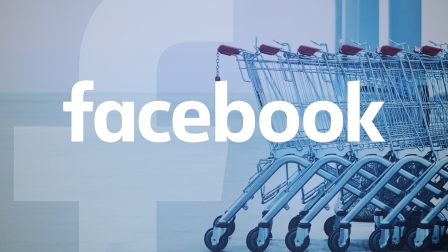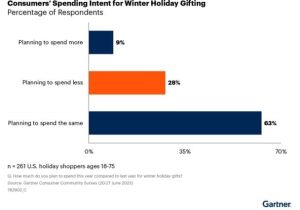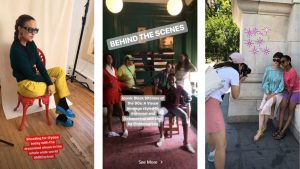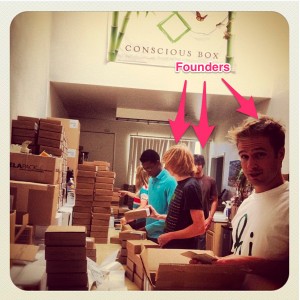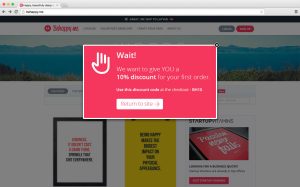Facebook’s new Dynamic Ad for Retail highlights available inventory at nearby stores and can be targeted to people most likely to visit.

Facebook has been trying to help boost retailers’ online sales for years. But online remains the future of retail, and brick-and-mortar still the present, with in-store sales accounting for 92.5 percent of total US retail sales in the second quarter of 2016. So the social network has been putting a lot of attention toward how it can aid on the in-store front, pushing people from their phones to the checkstand.
“For us solving for this mobile-to-store challenge is one of the biggest and most important opportunities for us to be spending our mindshare on,” said Facebook director of monetization product marketing Maz Sharafi.
To help brick-and-mortar retailers push more in-store sales — and to help itself get more of their ad budgets heading into the holiday shopping season — Facebook is rolling out a new ad format that highlights available products at nearby stores and a way to aim those ads at people who are most likely to make it into the store.
Abercrombie & Fitch, Argos, Macy’s, Target and Williams-Sonoma were the first brands to test the new ad format, which Facebook is calling Dynamic Ads for Retail, not to be confused with the original Dynamic Ad (née Dynamic Product Ad) format introduced last year or the travel-specific version unveiled earlier this year.
The ad format is the brick-and-mortar offshoot of Facebook’s original, e-commerce-oriented Dynamic Ad format mixed with its Local Awareness format. Like the Dynamic Ads, which online retailers use to highlight specific products on their sites, retailers can use the real-world version to showcase, within a slideshow-like product carousel, what’s available in their nearby stores, as well as the distance to the nearest store and store-specific prices, which can change from one location to another, said Sharafi. To ensure that product availability information is accurate, Facebook is requiring participating retailers to update their store-specific inventory catalogs at least once every 24 hours. And like Local Awareness ads, the ads can include maps with directions on how to get to the store, as well as contact information.

The retail-specific Dynamic Ads will also include links to the product on the retailer’s sites, as well as the option to bookmark it on Facebook and to see similar products available at a nearby store. To identify similar products, Facebook will rely on the category tags attached to each product uploaded by the retailer to Facebook.
The new ad-targeting option is the latest addition to Facebook’s push away from brands aiming their ads at specific audience profiles and toward satisfying their business ends. Instead of a retailer telling Facebook the types of people it thinks should see its ad, based on the types of people it thinks visit its store, Facebook will handle the decision-making. The company will use the data it collects from people who share their phones’ locations with Facebook — which people can opt out of doing within Facebook’s mobile app settings — to guess at who is most likely to visit a store. That estimated audience can be checked against the advertiser-defined targeting radius that takes into account how many people are in a given proximity to their stores and how many people they want exposed to their ads. Facebook will then show the ads to the people in the middle of the Venn diagram, and the retailer will pay based on the number of times Facebook serves its ad and will be able to see how many store visits its ads drove based on Facebook’s estimates.
Facebook’s store visits targeting objective will become available sometime in the next month, but not to all retail brands. Retailers with stores in “dense urban areas” and multi-level malls, for example, likely won’t be able to use it, said Sharafi, because Facebook would have a hard time tracking whether people in those areas are visiting a store or just cruising around.
Marketing Land – Internet Marketing News, Strategies & Tips
(32)
